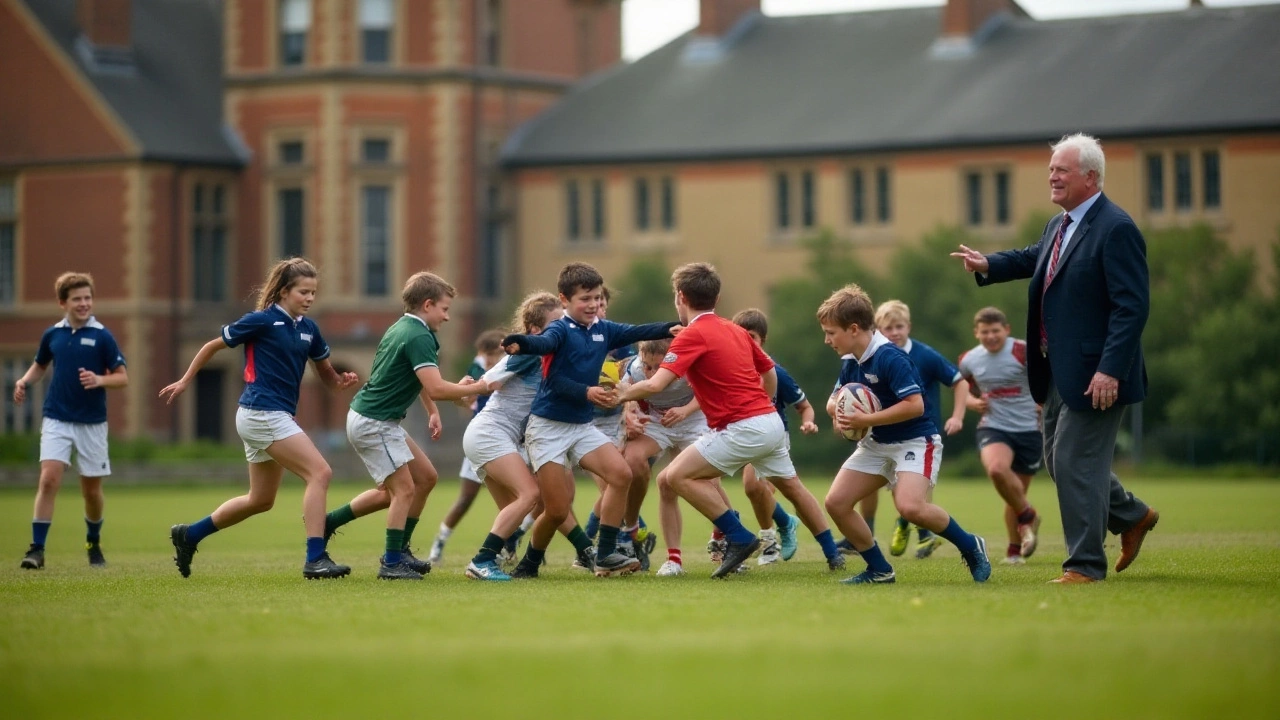
Rugby Schools – What Every Student, Parent, and Coach Should Know
Rugby has become a staple in many UK schools, offering kids a chance to stay active, build teamwork, and learn discipline. Whether you’re a student eager to try the sport, a parent wondering about safety, or a coach planning the next practice, this guide gives you the basics you need right now.
Why Rugby Fits Perfectly in School Life
First off, rugby promotes fitness without feeling like a chore. The mix of running, tackling, and passing keeps the heart rate up and muscles engaged. Beyond the physical side, the sport teaches respect – you learn to follow the referee, support teammates, and accept loss gracefully. Schools that include rugby often see better attendance and stronger community spirit because players feel a sense of belonging.
Another big plus is the character building factor. Players develop problem‑solving skills on the field; a quick pass or a smart defensive line can change the game in seconds. Those mental habits spill over into the classroom, helping kids focus better on lessons and projects.
Getting Started – How to Join or Start a School Rugby Program
If your school already has a team, the first step is simple: talk to the PE teacher or the rugby coach. Most programs hold an open trial at the start of the term, and you don’t need prior experience – just a willingness to learn and a pair of proper boots.
For schools without a rugby setup, the process begins with gathering interest. A small group of students can approach the headteacher with a proposal that includes safety plans, equipment needs, and a potential schedule. Many clubs and local rugby unions offer starter kits and coaching support for new school teams, making the launch smoother.
Safety is a common concern, so be sure to ask about certified coaches and concussion protocols. Quality headgear, mouthguards, and correctly sized pads are mandatory, and coaches should run basic tackling workshops before any full‑contact drills begin.
Training sessions usually follow a simple structure: warm‑up, skill drills, tactical games, and cool‑down. A typical week might feature two 60‑minute practices, focusing on passing, catching, and safe contact techniques. Parents can help by ensuring kids arrive rested, hydrated, and with proper gear.
Success in school rugby isn’t just about winning matches; it’s about learning and having fun. Encourage players to set personal goals, whether it’s improving sprint speed, mastering a new move, or simply having more confidence on the field. Regular feedback from coaches helps keep motivation high and highlights areas for improvement.
Beyond the school season, many clubs run summer camps and regional tournaments. These events give players a chance to test their skills against peers from other schools, broaden their network, and maybe catch the eye of talent scouts looking for future academies.
In short, rugby in schools is a win‑win for health, character, and community. With clear safety measures, supportive coaches, and a bit of enthusiasm, any student can experience the thrill of the game and the lifelong lessons it brings.
